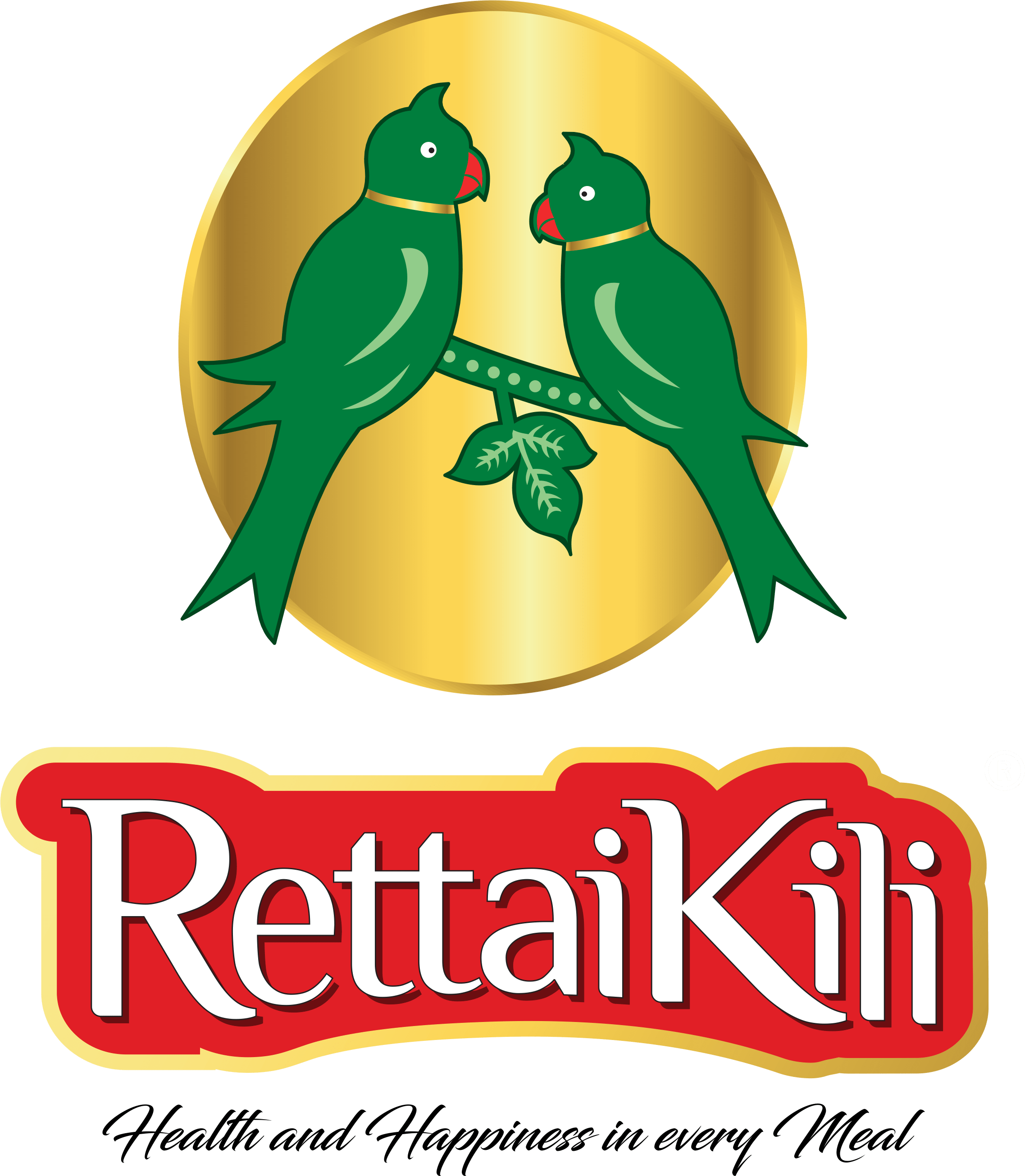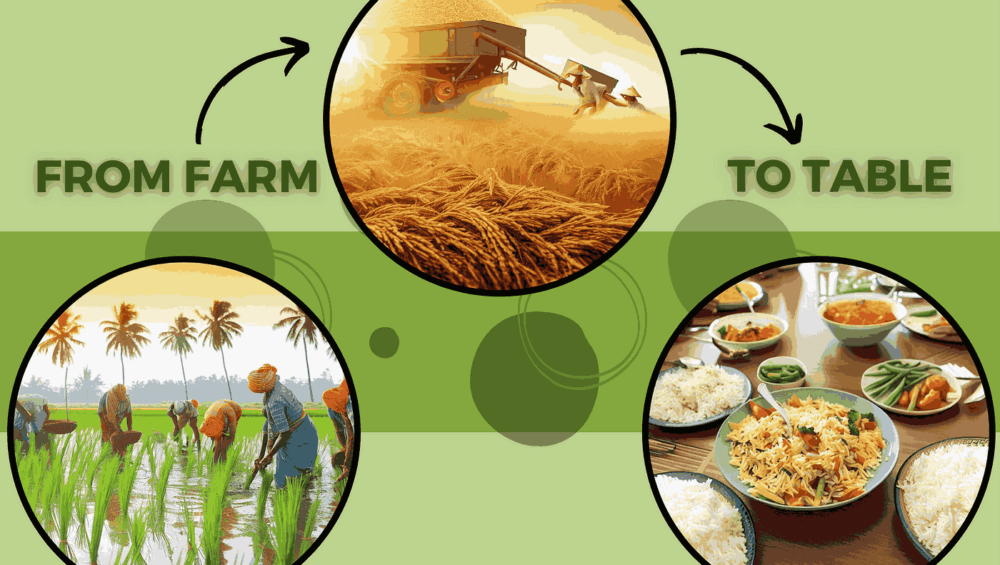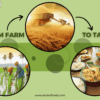Rice cultivation is more than just agriculture — it’s a story of heritage, hard work, and global connection.
Across continents, this process begins in peaceful paddies where farmers dedicate their time and skill to grow one of the world’s most essential grains.
To begin, farmers select high-quality rice seeds suited for their soil and climate. They prepare the land with care, managing water levels precisely — a critical part of successful rice cultivation. These early stages require knowledge passed down through generations.
As the rice plants grow, constant care is essential. Farmers monitor for pests and ensure optimal growth conditions. After several weeks, the plants mature into golden stalks, ready for harvest.
Following the harvest, the rice enters a processing stage. It is cleaned, hulled, and milled to reveal the white or brown grain we recognize.
These steps transform raw produce into a valuable food product ready for homes worldwide.
Next comes distribution. Rice moves through a chain of traders, transporters, and retailers. This journey allows rice cultivated in remote villages to reach global cities, connecting rural life with urban dining.
On the plate, rice takes many forms — from aromatic basmati to creamy risottos. It blends effortlessly into countless cuisines and offers both nourishment and flavor.
Beyond its use in cooking, rice holds cultural and spiritual meaning. In many traditions, it symbolizes prosperity and unity. Weddings, festivals, and religious ceremonies often include rice as a core element.
In conclusion, rice cultivation is not just about farming. It’s about tradition, sustainability, and feeding the world. From the hands of the farmer to the fork of the consumer, every grain tells a story of dedication and care.




